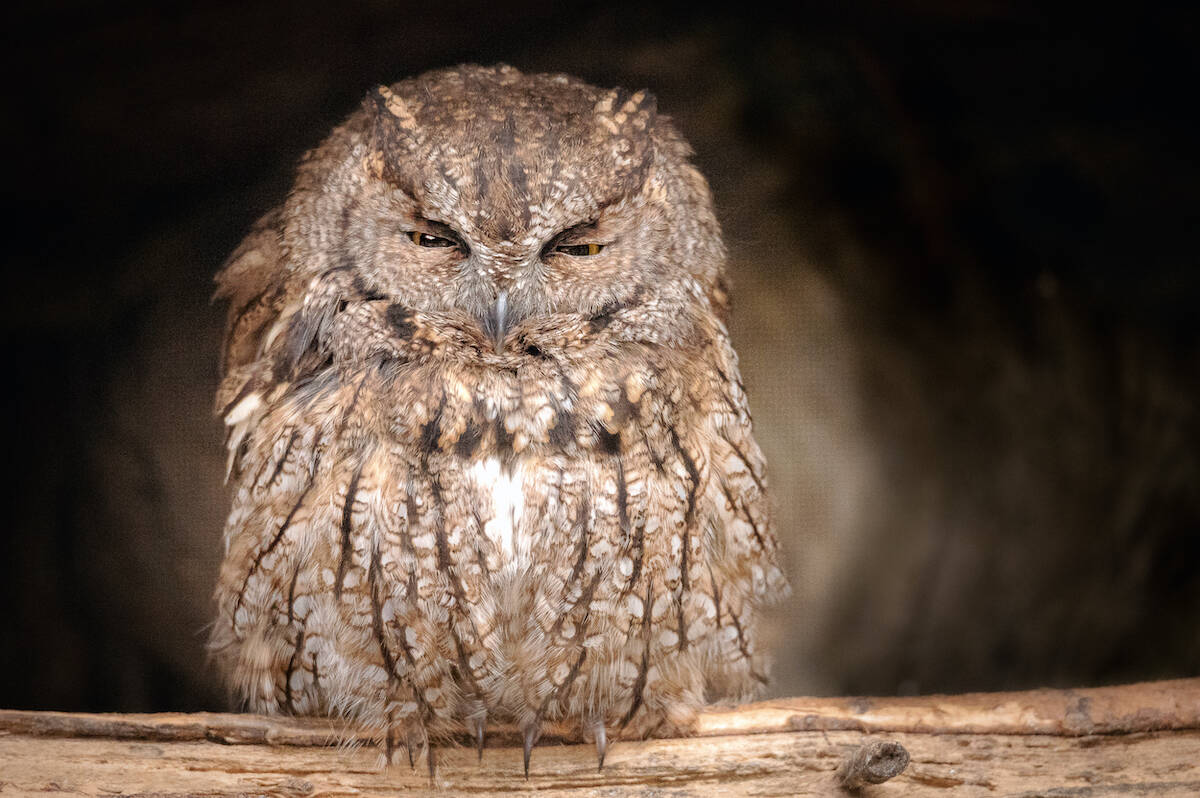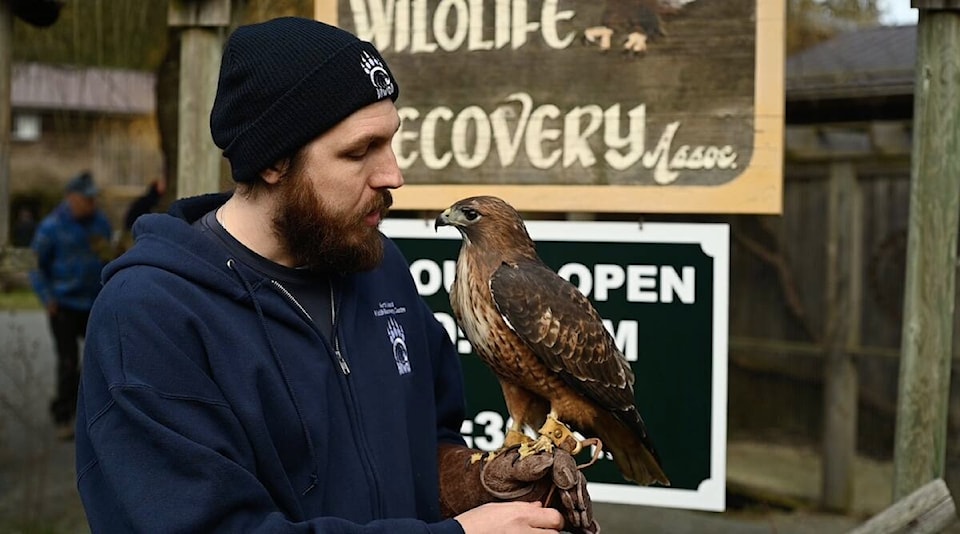With spring in full throttle, that means wild animals are becoming more active and babies are abundant.
It also means the North Island Wildlife Recovery Centre (NIWRA) in Errington is currently in their busiest time of year and has tips for what to do if you encounter potentially injured wildlife.
“Springtime is certainly the most busy time,” Derek Downes, animal care supervisor at NIWRA, said.
“We get a lot of young birds that are either orphaned or displaced and they need raising and releasing.”
The first tip is to pause before intervening and consult an expert.
“Especially with young songbirds, sometimes people intervene in a situation where they don’t necessarily need to and that goes into our mission of educating the public. Anytime you have a situation, giving a rehab centre a call to guide you is the best thing, because sometimes the best course of action is getting the bird back up into the nest,” Downes said.
“Songbirds on Vancouver Island fledge on the ground, so they’ll spend three to four days on the ground. Sometimes you’ll see a fully feathered bird that’s hopping around on the ground and it can’t fly but it’s not in any sort of distress, it’s just the natural progression of things.”
READ MORE: VIDEO: Rehabilitated B.C. bald eagle released into the wild
There are cases when an animal is injured and needs to be brought in. Downes said the public will often bring in small birds, but when it comes to something like an eagle or a hawk, it’s best to, again, call in the experts.
“It’s a dangerous animal to contain if you don’t have the training.”
| Anya Goldin, animal care and facility technician, holds Dugle, who came to North Island Wildlife Recovery Centre as a juvenile raven. (Agatha Lloveras Delgado) |
One rescue case is Mango, a red-tailed hawk found outside her nest with a major eye infection. Due to compromised eyesight and never being able to hunt or successfully survive in the wild, Mango is now a permanent resident at NIWRA.
“She’s an ambassador for her species. She comes out and does chats, she does bird talks in the summer which we run three times a week, and Mango is just a really special bird and a great friend.”
In terms of preventing baby birds from being injured in the first place, Downes has one major tip.
“Most importantly, keeping cats inside.”
“Cats are one of the biggest scorns on our wildlife, especially songbirds at baby season.”
It’s also baby season for black bears and NIWRA is the only facility on the island that rehabilitates black bears. Downes number one tip is “keeping garbage contained.”
“Black bear mothers can lose up to 40 per cent of their body weight while they have been in their state of dormancy… They’re going to be very hungry.
“So simply keeping your garbage contained, only putting it out right before collection, not the night before, makes a huge difference.”
Downes also suggests cleaning barbecues and making sure pets or livestock are being fed in enclosed buildings.
According to WildlifeBC, bears are most active from April to November.
If you find injured wildlife, contact NIWRA at niwra.org. To date, NIWRA has rescued 24,850 animals.
@sam_duerksen
sam.duerksen@blackpress.ca
Like us on Facebook and follow us on Twitter.

